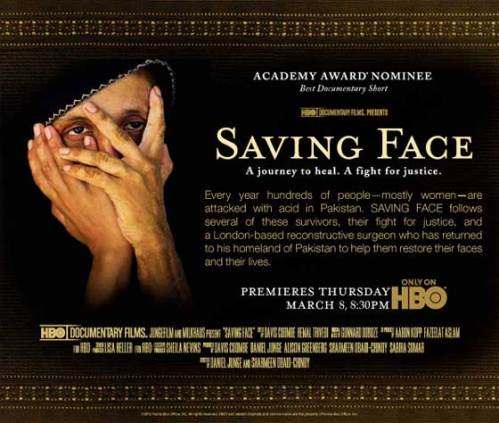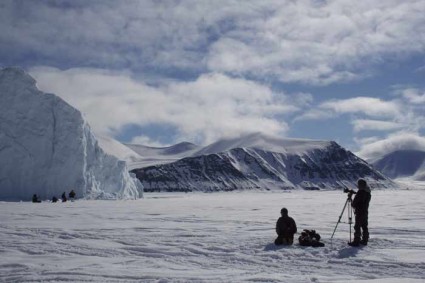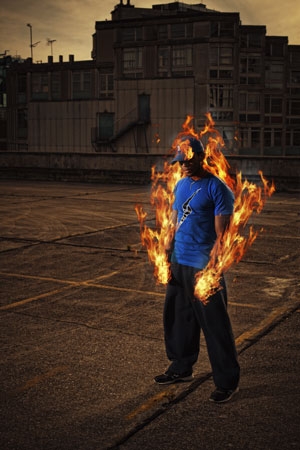INPUT is now accepting entries for the 2012 conference in Sydney, Australia May 7-12. INPUT isn’t a competition or festival. It is an international conference that aims “to celebrate and encourage the development of public service television.”
INPUT is looking for innovative, courageous and provocative programmes from all TV genres – programmes that show fresh ways of catering to new audiences, destined for public television.
*Please note, as you consider whether to submit, that if your program is selected you must send someone to present it. Funding from INPUT for Canadian productions is very rare so it is also advisable to consider how you would pay for your representative to attend.
DEADLINE: Please note the deadline for Canadian selections is Friday November 18, 2011.
DVDs and copies of the online entry forms should be sent to:
Ilka de Laat at CBC Toronto in room 5A300-A of the Broadcast Centre, no later than Friday, November 18, 2011.
(See below for the full shipping address).
Submitting a production for INPUT means to submit a filled out submission form found at http://www.input-tv.org/news/submit/ with two DVD copies of the production and accepting the following 10 conditions and rules that apply:
1. Productions produced or broadcast after January 1, 2010 are eligible. It is not essential that the programme has already been broadcast, but it must be clear that programmes have been produced for television.
2. Productions submitted to the conference may not include any commercial advertising.
3. A co-production will be regarded as the submission of whichever organization submits it.
4. All co-production partners must be named on the submission form. It will be presumed by INPUT and the conference host that the other co-producers have agreed to the programme being submitted.
5. All productions screened at INPUT will be presented by a Key Staff member such as the Director, Author, Commissioning Editor or Producer. The submitting company is responsible to bear all registration and traveling costs to and from the conference for this staff member. A production will not be screened unless a presenter for each production is present during the conference.
6. The conference host and/or INPUT shall have the right to release stills and excerpts of up to 3 minutes from any submission for screening free of charge by TV stations reporting on the conference or for use in the internet or other media.
7. All graphic material sent in by the entrants is released free of charge for use in all publications about the conference (Press, Printed material, Internet etc.).
8. Freight, customs and insurance costs for the shipment of entries and accompanying material shall be borne by the submitter.
9. INPUT will keep the all submitted material (DVDs, DigiBeta cassettes, press material) of all submissions and all productions screened during the conference for use in the INPUT archive.
10. INPUT may use all productions screened during the annual conference strictly for non-profit and educational events such as Mini-INPUT, Best of INPUT, Post INPUT etc. The screening of the submitted production – in full or in part – shall not occur until the organizers of such INPUT events have informed the submitters beforehand about their intention to use the production at such an event.
Thank you for participating,
Jim Williamson
Canadian Coordinator (English) INPUT
jim.williamson@cbc.ca
Send submissions to:
Shipping Address:
Canadian Broadcasting Corporation
205 Wellington St. West, Room 5A300-A
Toronto, Ontario
M5V 3G7
Tel: 1.416.205.8646
Attention: Ilka de Laat (that’s me)




